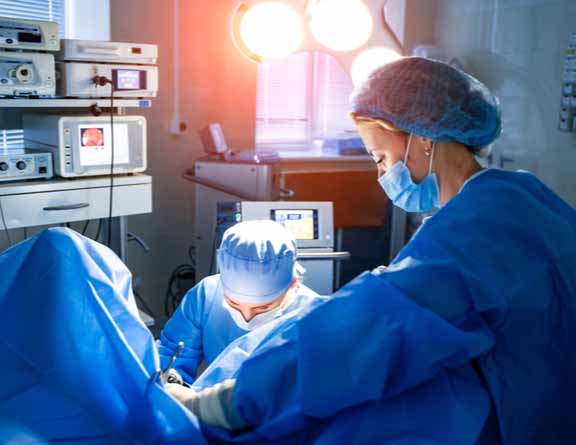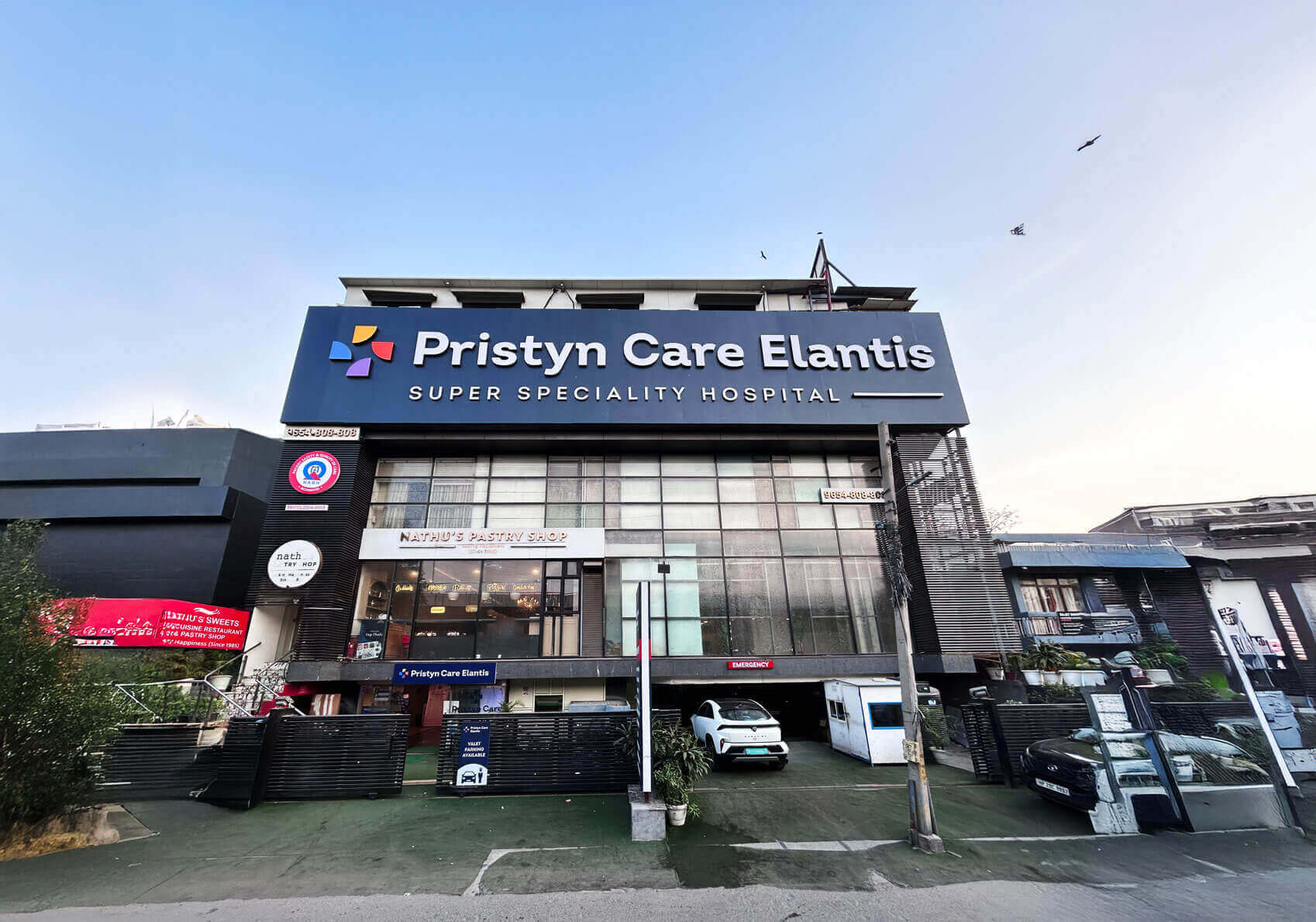
Delhi
USFDA Approved Procedures
Minimally invasive. Minimal pain*.
Insurance Paperwork Support
1 Day Procedure


Paediatric Cataract Treatment Options Available
At Pristyn Care in Delhi, advanced treatments are available for children with cataracts. To provide the expert care possible, our best pediatric cataract treatment is: .
Small incision cataract surgery is a common method used to treat paediatric cataracts. This technique involves making a tiny cut in the eye to remove the cloudy lens. Through this small opening, doctors can take out the affected lens and often replace it with a clear artificial one.
The benefit of this method is that it requires only a tiny incision, which means less discomfort and quicker healing for your child. It’s especially effective because it helps children regain clearer vision without extensive recovery time.


 NABH
NABH
Pristyn Care Elantis is dedicated to revolutionising surgical care. We combine the latest medical technology with highly skilled professionals and a patient-centric approach to transform the healthcare experience. Our team of doctors at Pristyn Care Elantis, strives to simplify the entire patient journey, ensuring a seamless process from diagnosis through recovery.
We offer specialised treatments across a wide range of medical fields, including proctology, laparoscopic surgery, ENT (ear, nose, and throat), vascular, gynaecology, urology, aesthetics, orthopaedics, ophthalmology, and weight loss solutions.
The Suites & Rooms at Pristyn Care Elantis are designed with your comfort in mind, offering a welcoming ambiance and top-notch amenities to make your stay as pleasant as possible.
Our highly skilled medical team, supported by advanced infrastructure, makes us a trusted choice for comprehensive healthcare solutions.
...Read More
Delivering Seamless Surgical Experience in India
Your safety is taken care of by thermal screening, social distancing, sanitized clinics and hospital rooms, sterilized surgical equipment and mandatory PPE kits during surgery.
A dedicated Care Coordinator assists you throughout the surgery journey from insurance paperwork, to free commute from home to hospital & back and admission-discharge process at the hospital.
Our surgeons spend a lot of time with you to diagnose your condition. You are assisted in all pre-surgery medical diagnostics. We offer advanced laser and laparoscopic surgical treatment. Our procedures are USFDA approved.
We offer free follow-up consultations and instructions including dietary tips as well as exercises to every patient to ensure they have a smooth recovery to their daily routines.
A paediatric cataract makes the lens of a child’s eye cloudy. It blocks clear vision. Children can have it at birth or develop it later. Early detection helps prevent vision loss. Always check for signs like white pupils or poor eye contact.
Cataracts in children can come from birth, injuries, or infections. Some cases are genetic. Doctors also find links to diabetes or other health issues. Regular eye checks help catch problems early and start treatment fast.
Doctors usually remove the cloudy lens with surgery. They may place an artificial lens or suggest glasses or contact lenses. After surgery, children need regular checkups to monitor healing and vision improvement.
Doctors usually recommend early surgery if the cataract affects vision. Waiting too long can lead to permanent vision problems. The timing depends on your child’s age and the cataract’s size and location.
Yes, cataract surgery in children is generally safe. Trained eye surgeons use special tools and techniques. As with any surgery, there are risks, but most children recover well with proper care.
After surgery, your child may wear a patch and use eye drops. The doctor will schedule follow-ups to check healing. Some children need glasses or contact lenses to improve vision after paediatric cataract removal.
Yes, many children need glasses or contact lenses after surgery. These help them see clearly, especially if the doctor doesn’t place an artificial lens. Your eye doctor will guide you on the best choice.
Cataracts don’t grow back, but a membrane behind the lens may become cloudy. This can blur vision again. Doctors can fix it with a simple laser procedure. It usually takes just a few minutes.
Stay calm and help your child feel safe. Follow all pre-surgery instructions from your doctor. Explain the steps in a simple way. Let your child know the hospital team will take good care of them.
Congenital cataract surgery treats babies born with cloudy lenses. Doctors remove the cataract to protect vision. Early surgery helps prevent lazy eye and supports proper vision development. Trust your doctor’s plan for children’s cataract treatment.
Determining whether a child is eligible for paediatric cataract treatment involves a few key considerations. Here’s what doctors typically look at:
Doctors often opt for Small Incision Cataract Surgery (SICS) when treating children with cataracts. This method is effective and promotes quicker recovery.
Here’s a step-by-step overview of how the procedure is carried out:
Preparing for your child’s cataract surgery involves several steps for their safety and comfort:
After the surgery, there are several important steps to follow for smooth recovery: